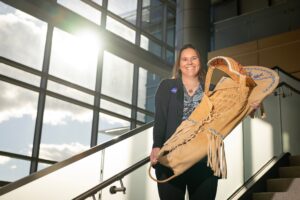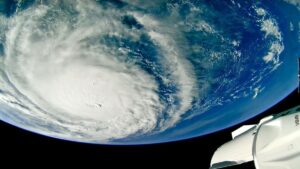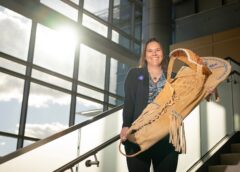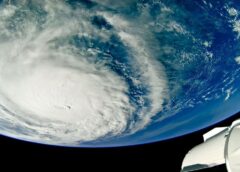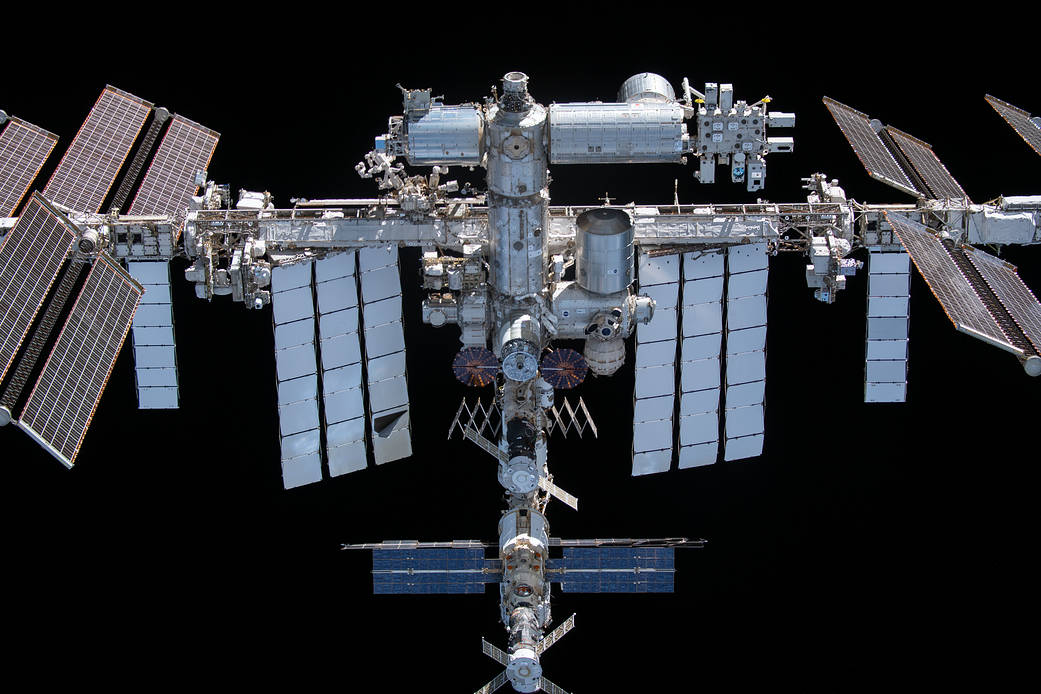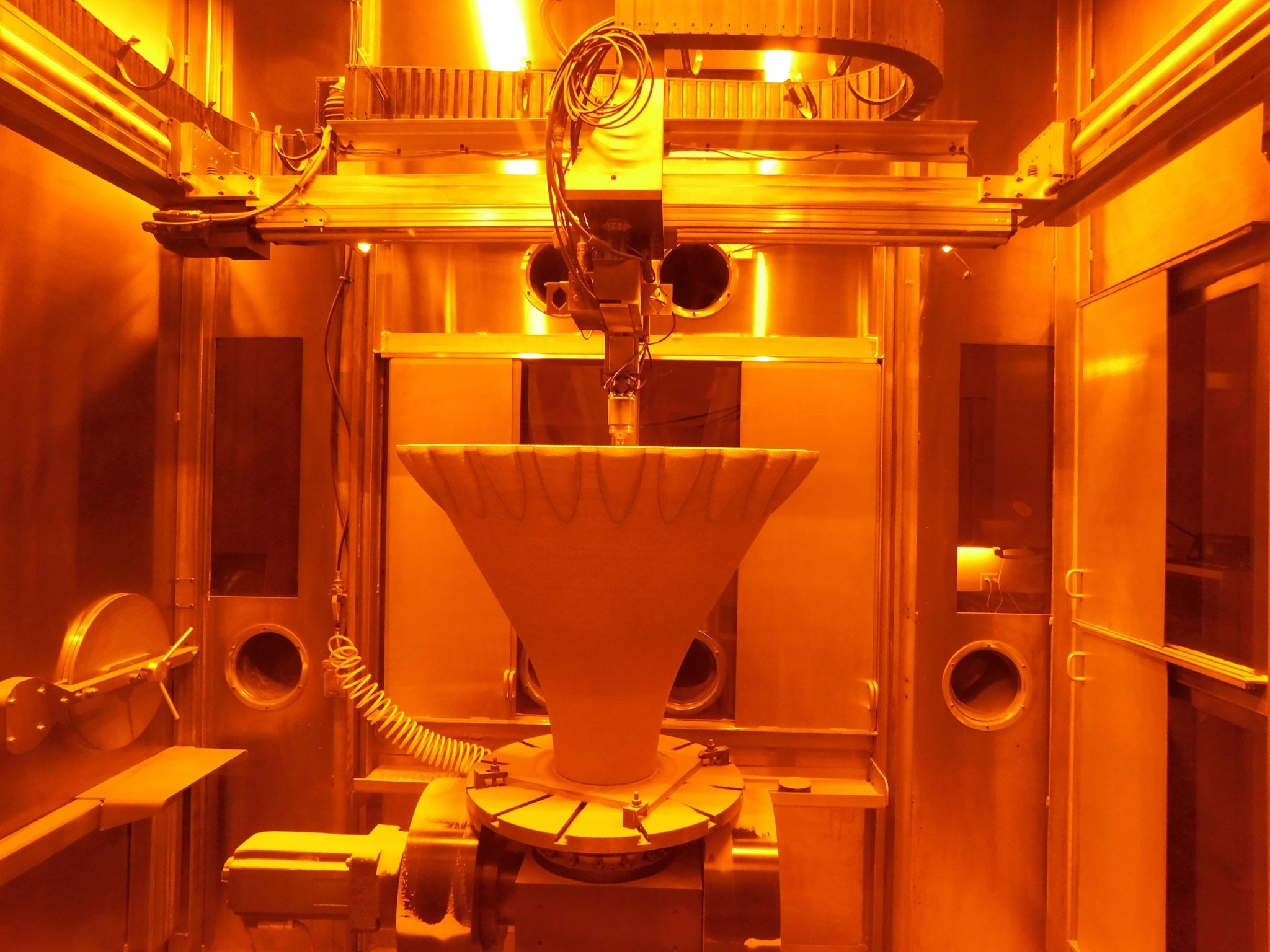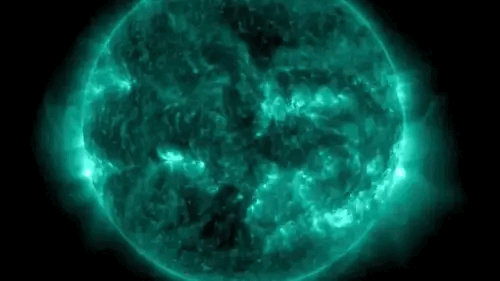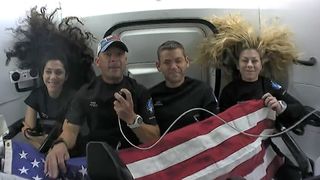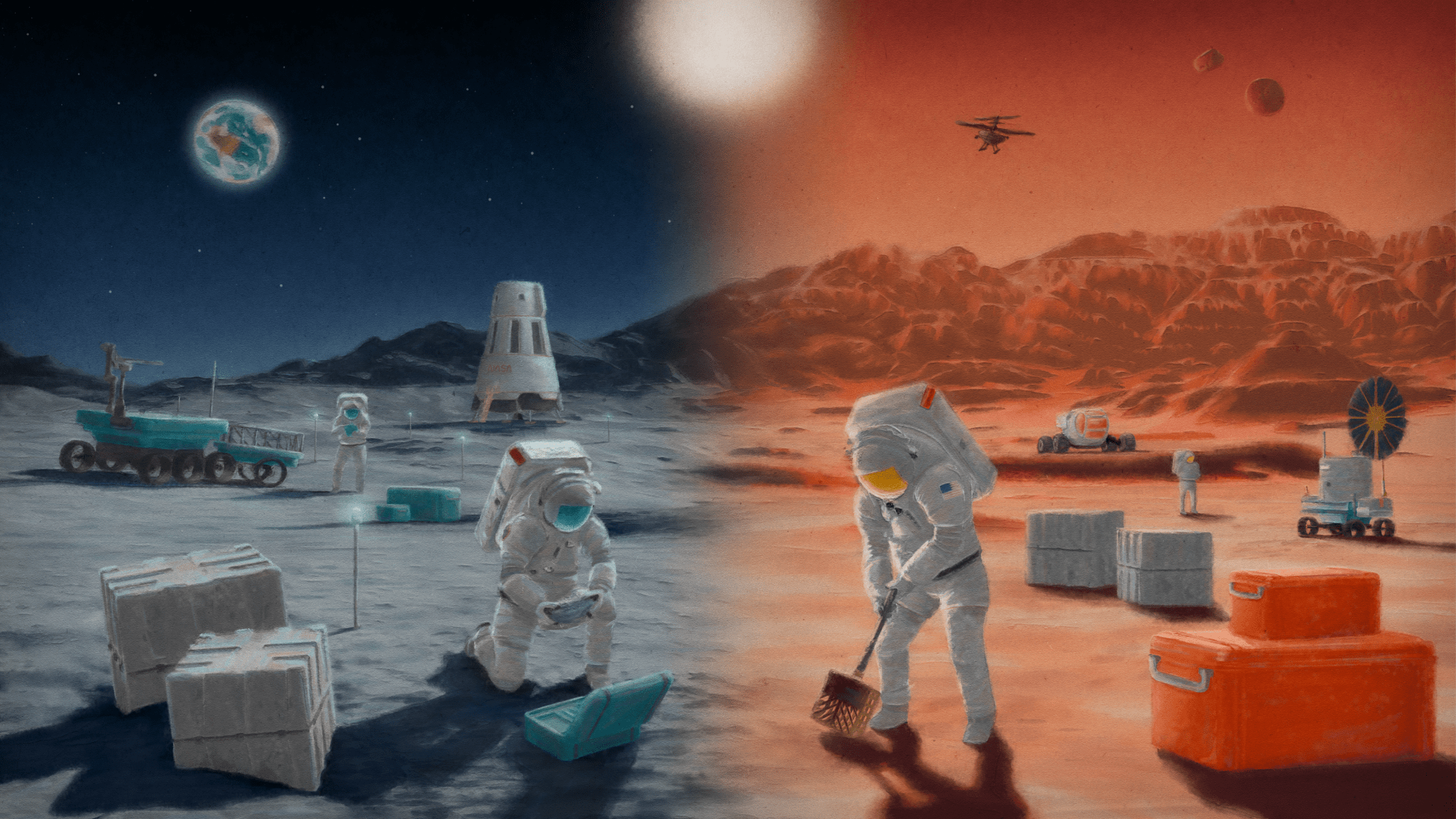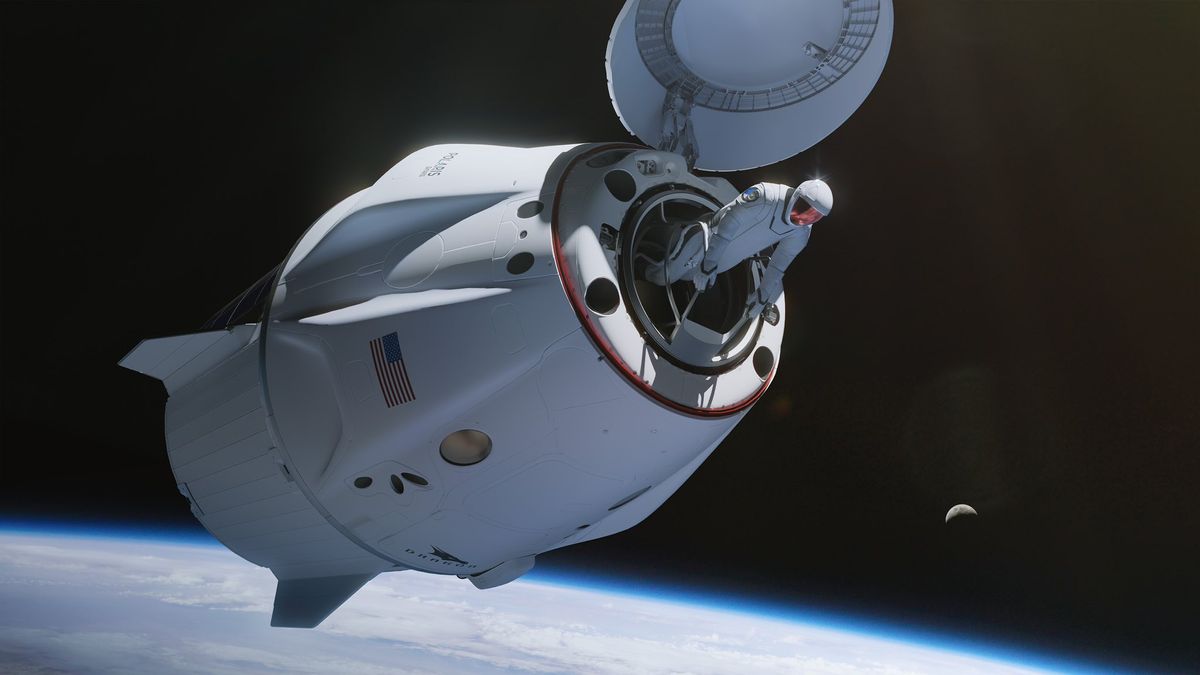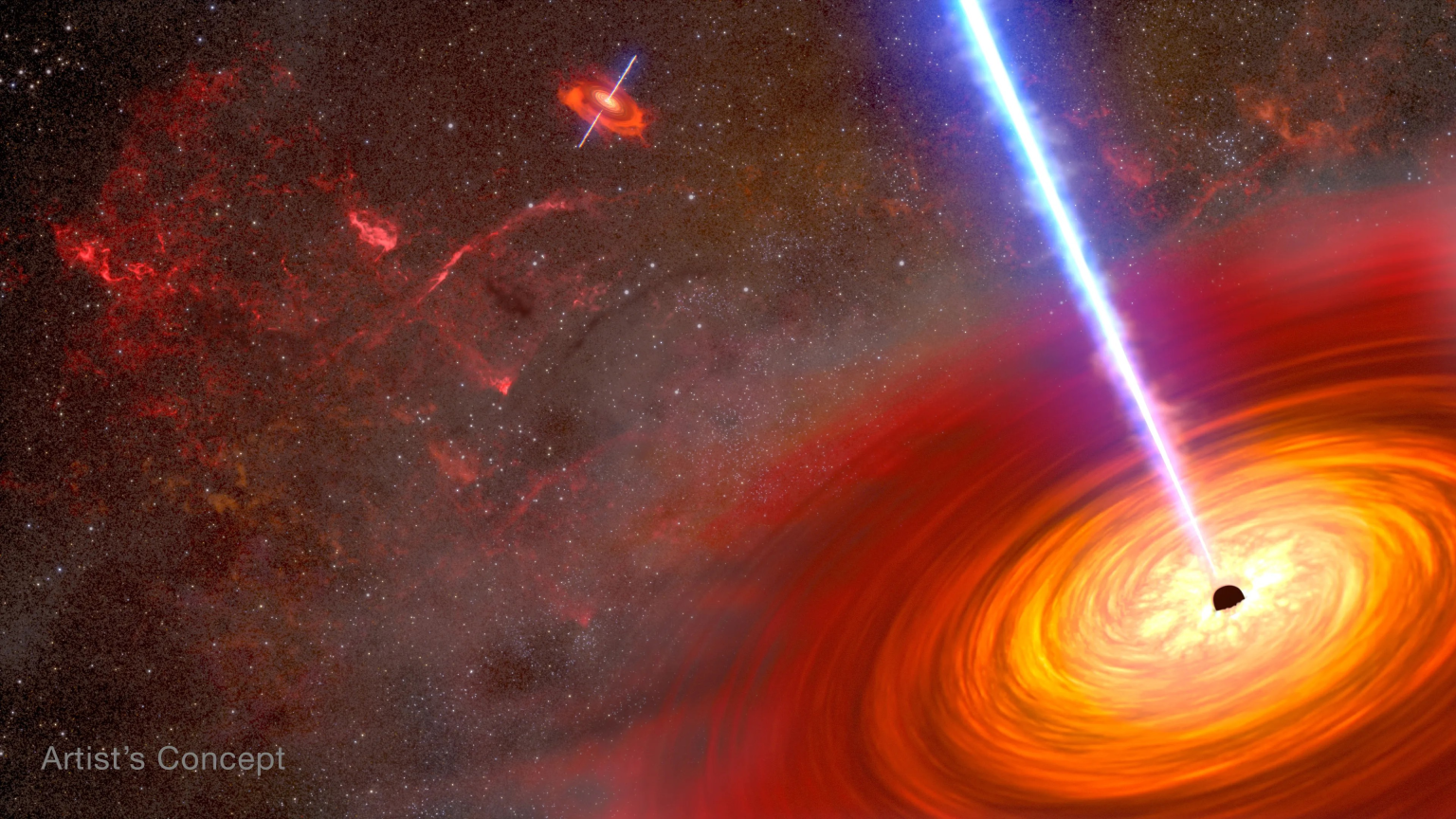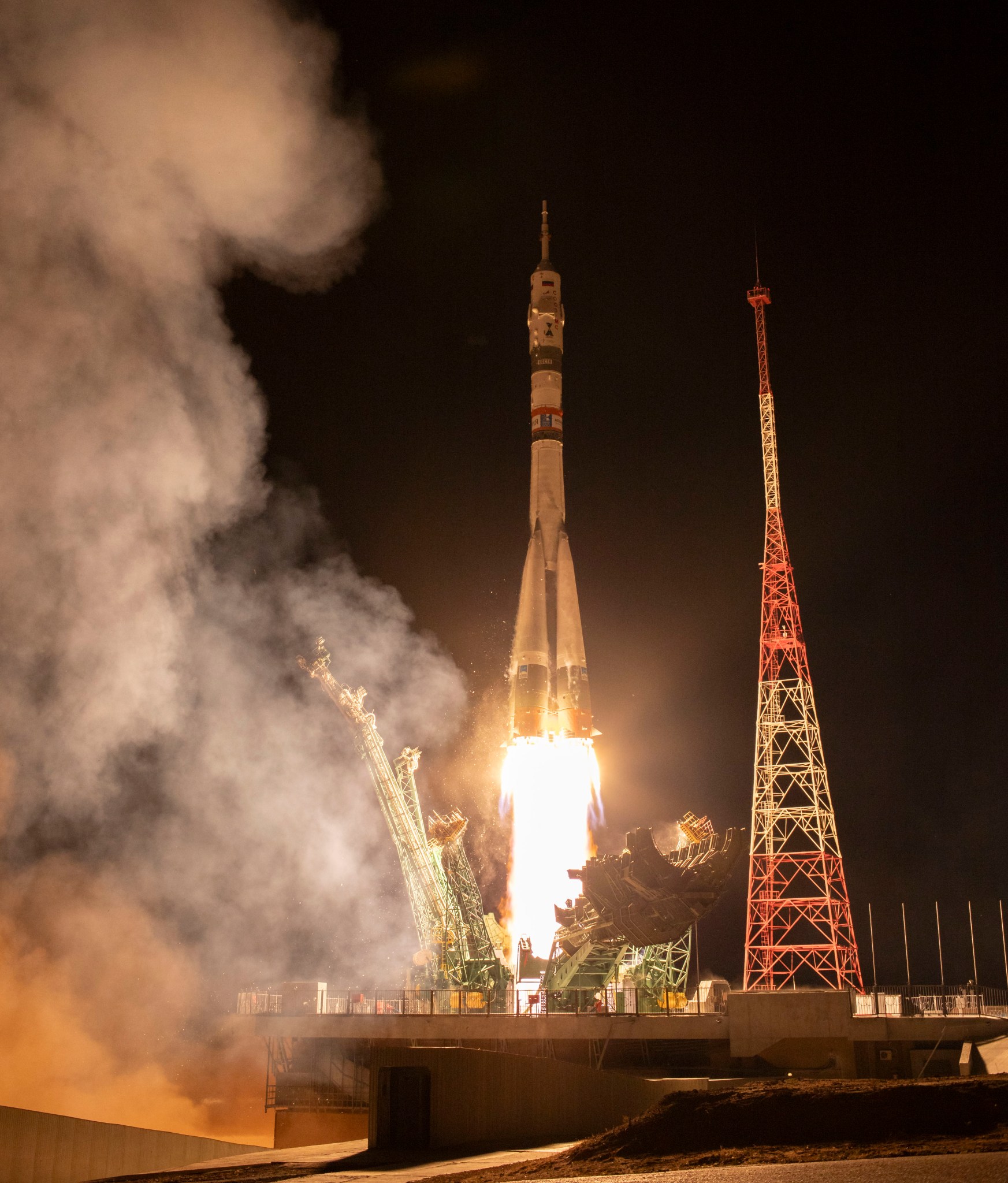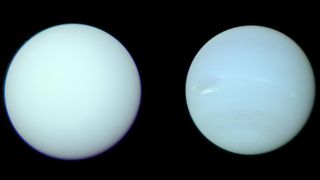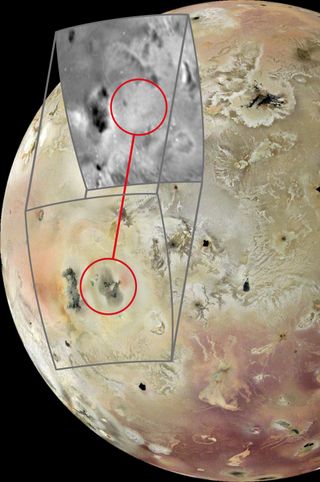The International Space Station is pictured from the SpaceX Crew Dragon Endeavour during a fly around. NASA NASA astronaut Nick Hague and Roscosmos cosmonaut Aleksandr Gorbunov are headed to the International Space Station for the agency’s SpaceX Crew-9 mission in September. Once on station, these crew members will support scientific investigations that include studies of blood clotting, effects of moisture on plants grown in space, and vision changes in astronauts. Here are details on some of the work scheduled during the Crew-9 expedition: Blood cell development in space Megakaryocytes Orbiting…
Read MorePrinted Engines Propel the Next Industrial Revolution
2 min read Preparations for Next Moonwalk Simulations Underway (and Underwater) A laser powder directed energy deposition (LP-DED) 3D printer at RPM Innovations’ facility additively manufactures a large-scale aerospike rocket engine nozzle from one of Elementum 3D’s specialized, 3D-printable aluminum alloys. RPM Innovations Inc. In the fall of 2023, NASA hot fire tested an aluminum 3D printed rocket engine nozzle. Aluminum is not typically used for 3D printing because the process causes it to crack, and its low melting point makes it a challenging material for rocket engines. Yet the…
Read MoreSun fires off X-class solar flare, increasing aurora viewing chances into weekend
A parade of solar activity continues to flow from the sun this week, opening up more chances to spot the aurora across the United States this weekend. On Thursday morning (Sept. 12), a sunspot region that has not been numbered yet made its presence known blasting off a X1.3 class solar flare. X-class solar flares are the most powerful of their kind, and are typically followed by a full or partial loss of high frequency (HF) radio signals for sunlit locations on our planet. The energetic eruption, which peaked at…
Read MoreSpaceX’s private Polaris Dawn astronauts talk US flag and kids’ books from orbit on historic spaceflight (videos)
The private Polaris Dawn crew called home from space to share their historic mission with two nonprofit organizations close to their hearts. Polaris Dawn, funded and commanded by billionaire entrepreneur Jared Isaacman, lifted off early Tuesday morning (Sept. 10) and has since accomplished the first commercial spacewalk and the highest orbit of a crewed vehicle since the Apollo years. But Isaacman and his crew also are supporting nonprofits through fundraising and public events to raise awareness. As an example, the four astronauts unveiled the U.S. flag in their SpaceX Crew…
Read MoreNASA Moon to Mars Architecture Art Challenge
This image — developed by a team of artists from the Advanced Concepts Lab at NASA’s Langley Research Center — features astronauts performing science on the surface of the Moon and Mars. The team developed the image with a blend of digital 2D illustration and 3D techniques to mimic a retro science fiction painting. Credit: NASA NASA wants you to visualize the future of space exploration! This art challenge is looking for creative, artistic images to represent NASA’s Moon to Mars Architecture, the agency’s roadmap for crewed exploration of deep…
Read MoreWatch SpaceX Polaris Dawn astronauts conduct 1st private spacewalk early Sept. 12
The first-ever private spacewalk will happen early Thursday morning (Sept. 12), and you can watch the historic action live. The pioneering extravehicular activity (EVA) will be conducted by Jared Isaacman and Sarah Gillis, two members of the four-person Polaris Dawn mission, which launched to Earth orbit atop a SpaceX Falcon 9 rocket early Tuesday morning (Sept. 10). The spacewalk is expected to start at 2:23 a.m. EDT (0623 GMT), according to SpaceX. You can watch it live here at Space.com or directly via the company. Coverage will begin around 1:20…
Read MoreThe Marshall Star for September 11, 2024
22 Min Read The Marshall Star for September 11, 2024 Starship Super Heavy Breezes Through Wind Tunnel Testing NASA and its industry partners continue to make progress toward Artemis III and beyond, the first crewed lunar landing missions under the agency’s Artemis campaign. SpaceX, the commercial Human Landing System (HLS) provider for Artemis III and Artemis IV, recently tested a 1.2% scale model of the Super Heavy rocket, or booster, in the transonic Unitary Plan Wind Tunnel at NASA’s Ames Research Center. The Super Heavy rocket will launch the Starship human landing…
Read MoreNASA Astronaut Don Pettit, Crewmates Arrive at Space Station
The Soyuz rocket launches to the International Space Station with Expedition 72 crew members: NASA astronaut Don Pettit, Roscosmos cosmonauts Alexey Ovchinin, and Ivan Vagner, onboard, Wednesday, Sept. 11, 2024, at the Baikonur Cosmodrome in Kazakhstan. Credit: NASA/Bill Ingalls NASA astronaut Don Pettit, accompanied by Roscosmos cosmonauts Alexey Ovchinin and Ivan Vagner, arrived at the International Space Station Wednesday, bringing its number of residents to 12 for the 13-day handover period. After a two-orbit, three-hour journey to the station, the Roscosmos Soyuz MS-26 spacecraft automatically docked to the orbiting laboratory’s…
Read MoreNASA’s Voyager 1 probe swaps thrusters in tricky fix as it flies through interstellar space
The distant and cold Voyager 1 spacecraft did a clever thruster trick to help it phone home. Voyager 1, the most distant human object that is now flying through interstellar space, had thruster issues making it difficult for the spacecraft to stay pointed at Earth when calling home. Unless Voyager 1 could make a switch to a different thruster set, the 47-year-old spacecraft would sail on alone without help from Earth. Making matters worse, Voyager 1 is so old that sudden changes could damage the spacecraft. “All the decisions we…
Read MoreNASA’s Juno probe spots massive new volcano on Jupiter moon Io
Researchers have spotted a huge new active volcano on Jupiter’s moon Io by comparing images taken by two NASA missions more than a quarter of a century apart. The images of the new volcano were taken by NASA’s Juno spacecraft and its JunoCam as it made a flyby of Io — the solar system’s most volcanic body — on Feb. 3 this year. The images were captured on the nightside of Io, illuminated only by reflected sunlight from Jupiter. Comparison with Galileo spacecraft imagery of the same area, just south…
Read More